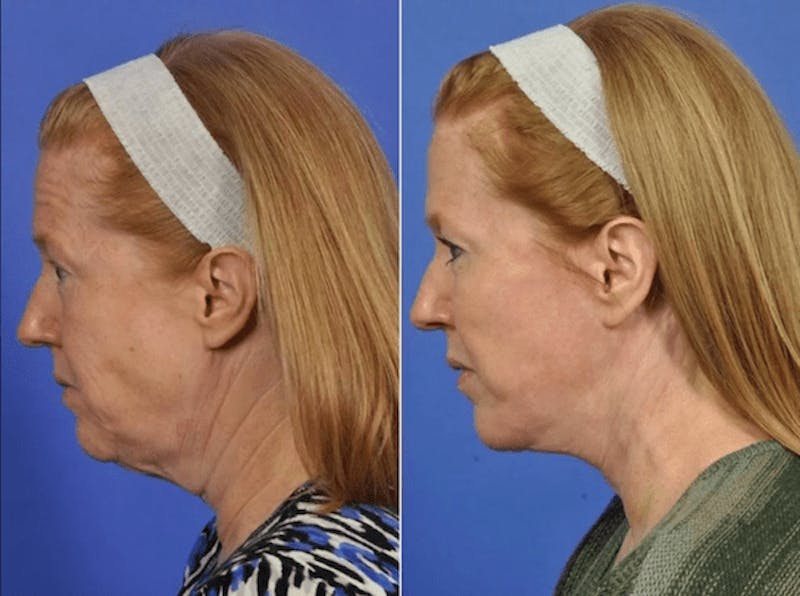
The names of all of the following procedures are either trademarks or registered trademarks of their owners and are used in this blog only for informational purposes.
5 Minute Read:
Many patients come into the office for a consultation knowing exactly what they want, as they have prepared themselves by extensive online research. Their knowledge is reinforced by watching channels on YouTube and by reading Instagram posts of some of the best reputed surgeons in the country, and certainly those with large followings. Many of these surgeons have presented their techniques at national meetings and thus the procedures patients are inquiring about are familiar to me. But not always.
It is always interesting for me to go online and to try to understand the subtleties of the procedures that these surgeons have trademarked. No methods that I know of are technically patentable—there is nothing to prevent a surgeon from using the same technique to do a trademarked procedure—but often the minutiae of the procedures are known only to the surgeons who have trademarked them. Having said that, most of the maneuvers that are trademarked are part of the palette of most plastic surgeons, and ones that we use routinely.
Here are a few of these trademarked popular procedures… . Decoded… . I’ve also included links to our website for the same procedures that don’t enjoy the luxury of these fancy names.
Procedures Around the Eyes for the Upper and Midface
The Ponytail Lift
This procedure is supposed to provide the same benefit (or more) that a woman would obtain from pulling her hair back tightly. It lifts the brow, elevates the corners of the eyes, and can even pull up the cheek. The procedure is similar—if not exactly the same—as the micro-mid facelift which we do routinely in our practice. No skin is removed, but the face, particularly the brows and cheeks, are lifted in a vertical direction, the one that your face would assume if you were to lie flat and look in the mirror. The procedure is combined with the injection of microdroplet fat.
Procedures for the Face and Neck
Slift
This procedure involves an incision in front of the ear alone and was originally described by Ziya Saylan, a German surgeon. It is a facelift that uses cable-type sutures to suspend the deeper layers of the face. The sutures can either dissolve on their own or can be permanent, based on the surgeon’s preference. Cable sutures hold their strength for a long period, and there are no studies showing that the duration of benefit of a procedure like this is any different than that of a procedure that goes “deep.”
MACS lift
Originally described by two plastic surgeons duplicating Zaylan’s work, this procedure is also an S lift—exactly the same as described above—with a possible third cable suture added to lift the cheeks.
Lifestyle Lift
This lift was a corporately trademarked procedure of a corporation that has now closed its doors. The procedure was marketed as one that could be performed in an office setting under local anesthesia with sedation. The technique varied from surgeon to surgeon. The name is incredibly appealing because it implies that it will fit in with your lifestyle—back to work in no time.
Realistically, the recovery from ALL facelifts is approximately one to three weeks, and depends to a large degree on the health and preparation of the patient before surgery and exactly what their postoperative lifestyle is.
The MADE Lift
The minimal access deep plane extended (MADE) vertical vector facelift is a deep plane facelift—a well described facelift procedure. The surgeon who described it has done extensive research regarding optimum angles of elevation and general techniques to perfect this procedure, though his technique continues to evolve. The procedure involves releasing the facial ligaments and passively elevating the layers of the face as a single unit using standard incisions that are hidden in front of and behind the ears and concealed in the hairline.
Auralyft
This procedure, performed in Beverly Hills, is a variant of a deep plane facelift, a facelift that lifts the deeper layers of the face and neck by freeing up the muscles from their tethering ligaments using standard facelift incisions. The magic of this lift is that it is done under non-general anesthesia, which we do in the appropriate patient. The technique is not dissimilar to the MADE lift, but carries a different name, one that has the Beverly Hills “aura” about it.
Massai lift
I am not sure how this procedure got its name. If it is to refer to the Maasai and the symbolic neckwear that the women in this Tanzanian tribe wear to highlight the beauty and grace of their necks, the tribal name is spelled wrong. (Massai was an Apache from Geronimo’s time). Nonetheless, I am asked about this procedure all the time. It is a standard neck lift done with incisions behind the ear and a small incision in front of the ear, though the surgeon who described it and presents his work at meetings, uses an endoscope to limit incision size.
I don’t think that a trademark or a specially named procedure means as much as the surgeon who performs that specially named procedure.
The moral of this is to check on the surgeon’s work, not on the trademark! And thank you to those patients that keep asking pointed and intelligent questions…!
Interested in Learning More?
If you are interested in any of the facial techniques offered by Dr. Wulc, contact W Cosmetic Surgery® by calling (610) 828-8880 or by filling out our online contact form.
The names of all of the following procedures are either trademarks or registered trademarks of their owners and are used in this blog only for informational purposes.

